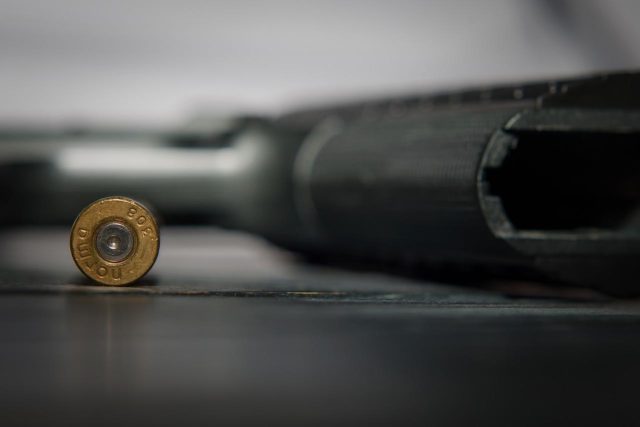Gun buyback programs are far from being the next big solution to combat gun violence. But it has gone on to follow some traction in being the go-to response by various states. In light of recent gun-related violence, cities such as Los Angeles, Baltimore, and Seattle are considering a gun buyback program to prevent the crimes.
With disappointing turnout results from the past few decades, together with reluctant law enforcers, the program might do little to affect actual gun crimes. Gun owners bring to question whether the buyback programs are merely Band-Aid solutions that could trigger more harm than good.
Debunking a decades-long ‘solution.’
Gun buyback programs are new solutions to combat gun violence. Historical accounts containing gun violence can go as far back as three decades from today.
Baltimore police tried back in 1974 to incentivize residents to surrender firearms for $50 apiece. Though a turnout of 13,500 guns might look like the beginnings of a positive result, it quickly turned out to be a misleading correlation. Instead of reducing gun crime, the two-month implementation gave rise to a spike in homicides and gun-related assaults.
A review by Matthew Makarios, together with Travis Pratt in 2008, gave light on how buyback programs prove to be ineffective when considering various implementation factors. One of the leading concerns over buyback programs before was that it had little consideration for the quality of the firearm. No restrictions on the type of firearm to surrender made it easy for residents to earn cash by offering old firearms or broken guns.
Current issues concerning these programs deal with unwilling law enforcers in executing the program on resident gun owners. Firearms surrendered through buyback programs are mostly either unusable or unattractive to criminals, and so do little to lessen gun-related crime rates.
Enforcing gun bans in light of recent crises.
In 2013, New York’s SAFE (Secure Ammunition and Firearms Enforcement) Act was put into law to address the recent December 2012 massacre in Newtown, Connecticut. Though gun-control organizations were for the drafting of the bill, second amendment advocacies and gun owner groups lacked a voice of participation in it.
As a response to the recent cases of urban gun violence, the SAFE Act aims to regulate gun ownership through provisions in getting a license. A background check, such as a recommendation for mentally ill residents, are necessary additions to handling a firearm. Besides tighter gun ownership provisions, a broader prohibition list on allowed AR-type rifles was the highlight of the law.
The prohibition list includes the buying of several military-level accessories, such as scopes and suppressors, to name a few. Owners in possession of sporting rifles are at risk of losing their guns to confiscation unless its owner registers it to the state. Besides broadening the classification of what an assault rifle is, the SAFE Act has brought attention to buyback programs as a solution to gun violence.
Dealing with the firearms industry.
Besides dealing with an unwilling public, the implementation of a buyback program can lead to cutting ties with firearms manufacturers. These firearms industries develop both service military and civilian applications of guns, which make them dedicated suppliers to gun aficionados and security industries. These companies sell a number of products, from handguns and rifles to military-grade accessories.
With the SAFE Act in place in New York, other manufacturers are steering clear of states with tight gun laws. Their best course of action is to move on to greener pastures with more gun-friendly states, such as Georgia and Alabama.
Facing the reality of implementation.
Back in July, New Zealand has shown itself to fare better in responding to gun crimes far better than the United States. After a gunman’s massacre of two Christchurch mosques led to an international dialogue on gun bans, New Zealand imposed a nation-wide gun buyback program. Over 10,000 firearms have been taken out of circulation, thanks to the efforts and participation of concerned residents.
In contrast to the United States’ low participation in gun buyback programs, New Zealand’s figures exceed several states’ efforts by a mile. But the fact that these programs only slightly affect gun-crime rates brings to question if the tradeoff is worth it. The reality of the potential solution has forced cities to reconsider the implementation of buyback programs.
The buyback program’s effectiveness in reducing gun crime has proven itself to be a combination of a lack of government implementation and citizen compliance. Unless regulations and incentives are agreed upon by officials and gun advocates, there might be no real reason for gun enthusiasts to surrender their firearms.








